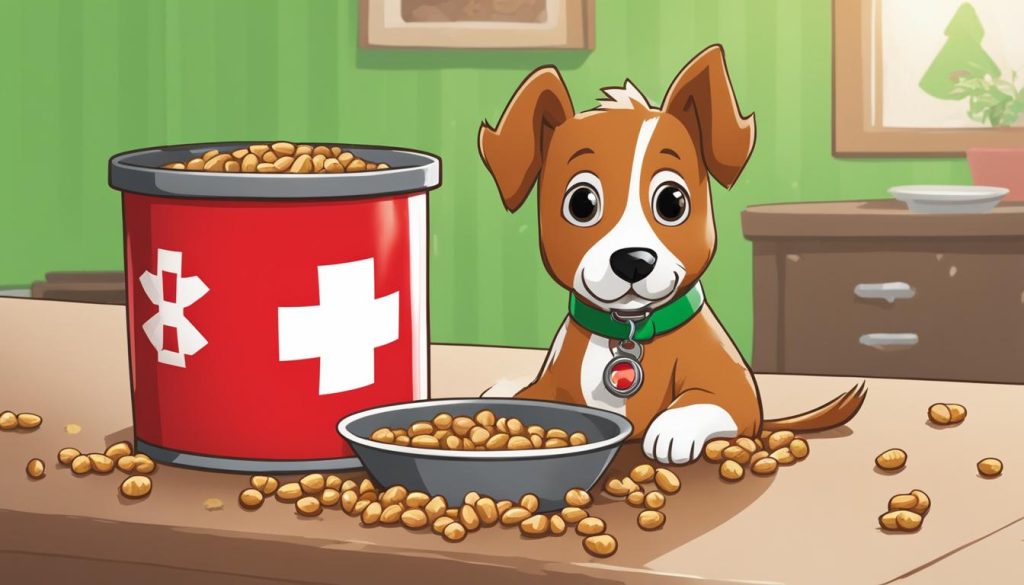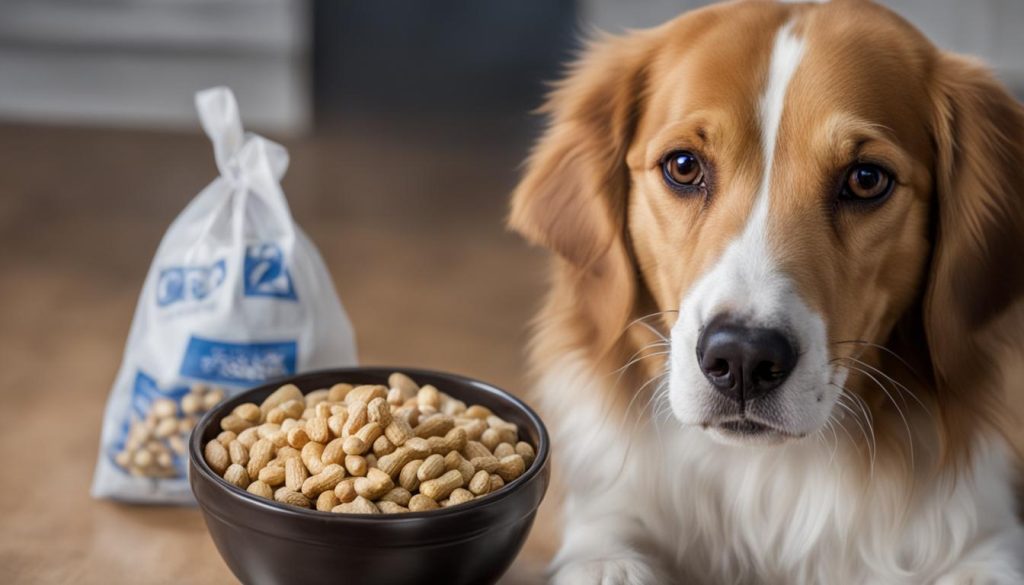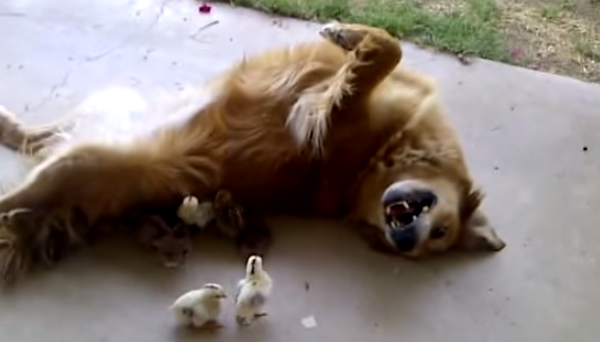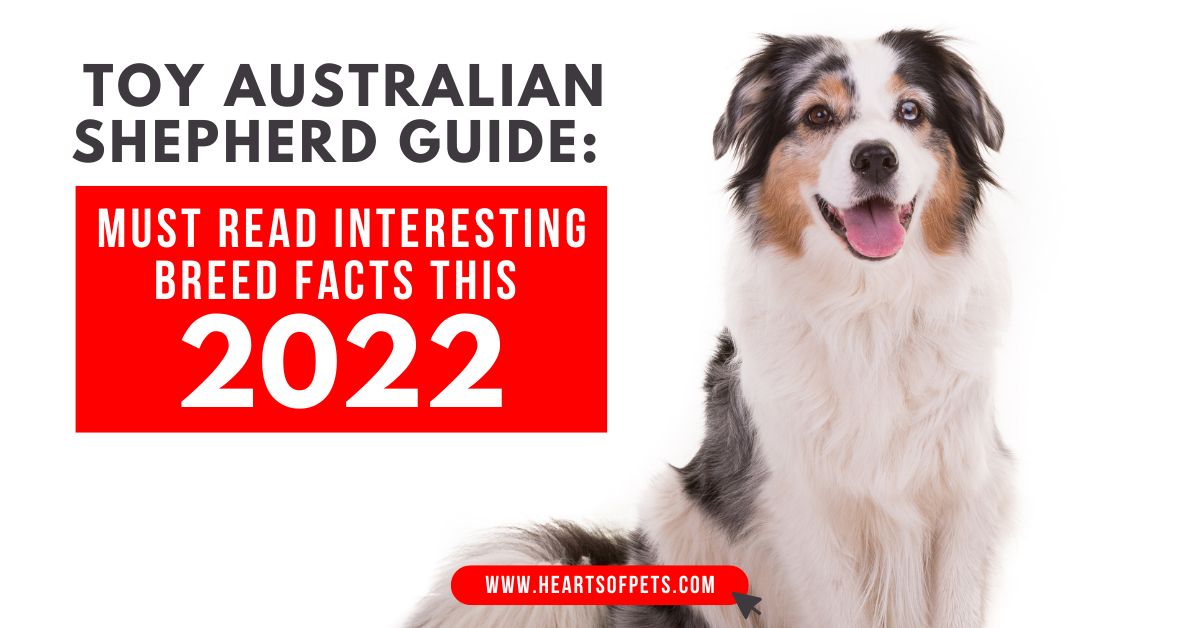As a diligent pet owner, I’ve found that one of the most common questions asked around snack time is, “Can dogs eat peanuts?” Well, rest assured that in the world of safe snacks for dogs, peanuts can certainly have a place. The allure of peanut butter for dogs is undeniable—whether it’s for trick training or just as a special treat—but it’s crucial to understand that not all peanut-related treats are created equal.
When considering if peanuts are right for your furry friend, remember that dogs’ digestive systems are different from ours, hence, food toxicity in dogs is a serious concern. I strongly believe that understanding which kinds of peanuts are safe is just as important as knowing that your best pal will wag their tail at the first whiff of peanut butter.
Can Dogs Eat Peanuts? Yes, they can but with certain caution.
- Peanuts can be a nutritious treat for dogs, offering protein and healthy fats.
- Ideally, dogs should consume unsalted, dry-roasted, or raw peanuts.
- Homemade peanut butter allows control over salt and oil and avoids xylitol.
- Always monitor your dog for any signs of digestive upset or allergic reactions.
- Consultation with a vet is crucial before introducing peanuts to your dog’s diet.
- Risks such as pancreatitis and sodium toxicity need to be accounted for.
Understanding Peanuts and Dogs: A Comprehensive Overview
As a dog lover and conscientious pet owner, it’s important to ensure the snacks I share with my furry friend are not only enjoyable but also safe. The inclusion of human food for dogs has become increasingly popular, and peanuts are frequently considered due to their health benefits for dogs. However, with the rising concern of peanut allergies in dogs and the dangers of feeding peanuts to dogs, I find it essential to delve deeper into how peanuts can fit into a canine diet responsibly.
The Nutritional Profile of Peanuts for Dogs
When it comes to human food for dogs, peanuts stand out as a nutrient-rich snack that provides several health benefits for dogs. They are a good source of protein, healthy fats, and essential vitamins, which can contribute to a shiny coat and robust immune system. However, these advantages are accompanied by risks if not moderated, given the high-fat content that could lead to health issues such as obesity and pancreatitis in dogs.
Identifying the Types of Peanuts Safe for Dogs
Understanding which peanuts are safe for dogs is crucial in preventing any dietary mishaps. My go-to options for sharing peanuts with my canine companion are always dry-roasted or raw, unsalted varieties. These options are free from harmful flavorings or coatings that could upset a dog’s stomach or worse, pose a severe health risk.
Reading Labels: Avoiding Harmful Substances Like Xylitol in Peanut Products
One of the most significant dangers in choosing the wrong peanut products for dogs is the inclusion of xylitol. This substance is often found in peanut butters and other flavored peanut products, and it can be lethal for dogs. As a responsible pet owner, I make a habit of meticulously reading labels to ensure that none of the snacks I offer my dog contain this toxic sweetener, often hidden behind terms like “natural sweetener” or “sugar alcohol.”
Can Dogs Eat Peanuts?
As someone who deeply cares for the well-being of dogs, I often find myself in conversations about what treats are safe for our furry friends. It’s a common question among pet owners: can dogs eat peanuts? The answer is yes, with an important caveat. When it comes to peanuts and dogs, the nuts must be unsalted and not covered in any harmful substances like chocolate or flavor enhancers. Navigating the world of nuts and dogs requires awareness and moderation to ensure the snacks do not lead to food toxicity in dogs.
Giving your canine companions peanuts means you’re offering them more than just a tasty snack. Peanuts, in their safe form, contain valuable nutrients that can benefit a dog’s health. However, it’s crucial to avoid peanuts that have excessive salt and high-fat levels, as these can contribute to health problems such as pancreatitis or digestive issues.
Moreover, the presence of xylitol, an artificial sweetener found in some peanut products, poses a severe risk of toxicity. So, before you consider integrating peanuts into your dog’s diet, I strongly recommend consulting with your vet. This way, you can ensure that you’re doing it safely and tailoring the treat to your pup’s specific health needs. Remember, moderation is key, and with the correct precautions, peanuts can be a healthy and enjoyable treat for your dog.

Deciphering the Safe Snacks: Selecting Peanuts for Your Pooch
As I delve into the world of canine nutrition, it’s become increasingly clear that not all treats are created equal. With my pup’s health in mind, I’m determined to select only safe snacks for dogs. In particular, peanuts have caught my attention, and it’s vital to understand both their benefits and potential risks.
Assessing the Risks: When Peanuts Can Be Harmful
I’ve learned that there are dangers of feeding peanuts to dogs. While they can be a good source of protein, excessive consumption of peanuts might lead to health issues such as high sodium intake, obesity, and even pancreatitis. And let’s not forget the choking hazards that whole peanuts present. This reinforces the importance of giving peanuts to dogs in moderation and ensuring they are the correct type of peanut.
The Ideal Choice: Dry-Roasted and Unsalted Peanuts
When it comes to choosing peanuts for my dog, the health benefits of peanuts for dogs can only be enjoyed if the right kind is chosen. Dry-roasted and unsalted peanuts emerge as the ideal choice. They lack the harmful sodium content found in salted peanuts and are free from unhealthy seasonings or dangerous chocolate coatings. To enhance safety and digestibility, I opt to crush the peanuts before offering them to my furry friend.

The Dos and Don’ts of Feeding Peanuts to Dogs
As a dog owner, it’s my responsibility to understand what’s safe to feed my furry friend. When it comes to feeding peanuts to dogs, there are a few key guidelines to follow to ensure the health and happiness of your pup. I’ve learned the importance of moderation and preparation to prevent any dietary mishaps.
Portion Sizes: How Many Peanuts Are Too Many?
When indulging my dog’s taste for peanuts, I always bear in mind that a few go a long way. Because peanuts are high in calories, I make sure to give them as an occasional treat rather than a staple in their diet. It’s crucial to remember that what might seem like a small amount to us can be quite substantial for our canine companions, so keeping the servings to just a couple of peanuts is prudent.
Serving Suggestions: Preparing Peanuts Safely for Your Dog
To serve peanuts safely, I always take the extra step of removing the shells to avoid any risk of choking. My preference leans towards unsalted peanuts to avoid unnecessary sodium, which isn’t great for dogs. For smaller breeds, I take care to crush the peanuts for easier consumption. And though my dog loves peanut butter, I opt for natural, unsalted varieties without added sweeteners or preservatives.
It’s a no-brainer that consulting with my vet is prime to tailor to my dog’s specific dietary requirements. Monitoring for any adverse reactions is part of the process, as it helps in catching signs of allergies or digestive issues early on. Being watchful for these signs ensures that peanuts remain a treat that my dog can safely enjoy.
Peanut Allergies in Dogs: Signs and Precautions
As a devoted pet owner, I’ve always prioritized the well-being of my furry friends, which is why understanding peanut allergies in dogs is so critical. Peanuts themselves aren’t a red flag for our four-legged companions, but every dog is an individual with unique sensitivities. Observing your dog’s response to peanuts is key — after all, the signs of food toxicity in dogs are not to be taken lightly. Should your dog exhibit symptoms like gastrointestinal upset or skin irritation after indulging in peanuts, it’s a potent sign that something is amiss. And if your dog is showing more alarming reactions, such as difficulty breathing or signs of anaphylaxis, immediate veterinary attention is imperative.
From a personal standpoint, I’ve made it a habit to look out for any odd behavior or discomfort in my dog after introducing new treats, including peanuts. Dogs, much like people, can have idiosyncratic reactions to foods that are generally deemed safe. For those of us considering making peanuts a part of our dogs’ diet, we must remember that vigilance is our first line of defense against peanut allergies in dogs. Quick action and a keen eye for the symptoms can make all the difference in safeguarding our canine companions’ health.
Ultimately, my advice is to consult with a trusted veterinarian before adding peanuts to your dog’s snack rotation. A professional can offer insights into your dog’s specific health needs and provide guidance on how to safely incorporate peanuts. Whether you’re looking to share the joy of peanuts with your dog or just curious about safe snacking options, always err on the side of caution and stay informed about peanuts and dogs. Our beloved pets rely on us to make the best choices for their health, and it’s a responsibility I take to heart.
FAQ
Can dogs eat peanuts and are they a safe snack?
Yes, dogs can eat peanuts, but they should be unsalted, not chocolate-coated, or flavored, and given in moderation. Peanuts can serve as a safe snack when they are offered sparingly and are not the primary component of a dog’s diet to avoid food toxicity.
What is the nutritional profile of peanuts for dogs?
Peanuts can provide dogs with protein, vitamin B-6, vitamin E, niacin, and healthy fats. These nutrients make peanuts a potentially beneficial treat when given in proper amounts.
How can I identify the types of peanuts that are safe for dogs?
The safest types of peanuts for dogs are those that are dry-roasted or raw and unsalted. Ensure they are free from any coatings, seasonings, or flavorings that might be harmful to your dog.
Why is it important to read labels when choosing peanut products for dogs?
Reading labels is crucial to avoid harmful substances like xylitol, which is toxic to dogs. Look for products that do not contain this ingredient, along with avoiding added sugars, salt, and unhealthy fats.
What risks should I be aware of when feeding peanuts to my dog?
The risks include potential digestive upset, high sodium intake leading to sodium toxicity, obesity, and pancreatitis due to high-fat content. These risks underscore the importance of moderation and careful selection.
What type of peanuts should I choose for my dog?
Choose unsalted, dry-roasted or raw peanuts for your dog. These options are less likely to cause health issues. Always avoid chocolate-coated, flavored, or seasoned peanuts as these can be dangerous for dogs.
How many peanuts can I give my dog?
Portion sizes matter; a few peanuts as an occasional treat are enough. Daily servings are not recommended due to peanuts’ high-calorie content and potential health implications for your dog.
What precautions should I take when serving peanuts to my dog?
Remove the shells to prevent choking and use unsalted peanuts to avoid excess sodium. It’s also a good idea to crush peanuts for smaller dogs to minimize the risk of choking.
How can I tell if my dog has a peanut allergy?
Signs of a peanut allergy in dogs include gastrointestinal upset, skin irritation, and severe reactions like difficulty breathing or anaphylaxis. Always observe your dog after introducing peanuts and consult a vet if you notice any adverse reactions.






